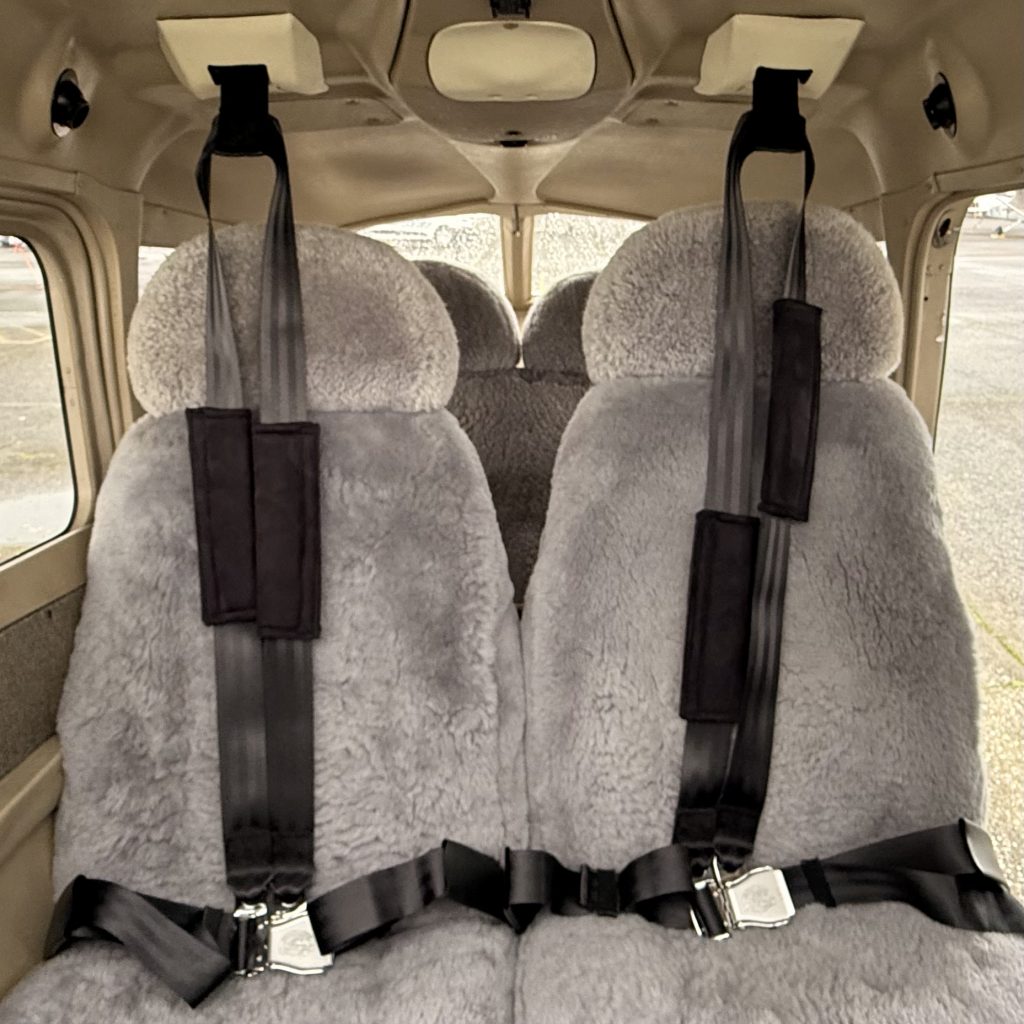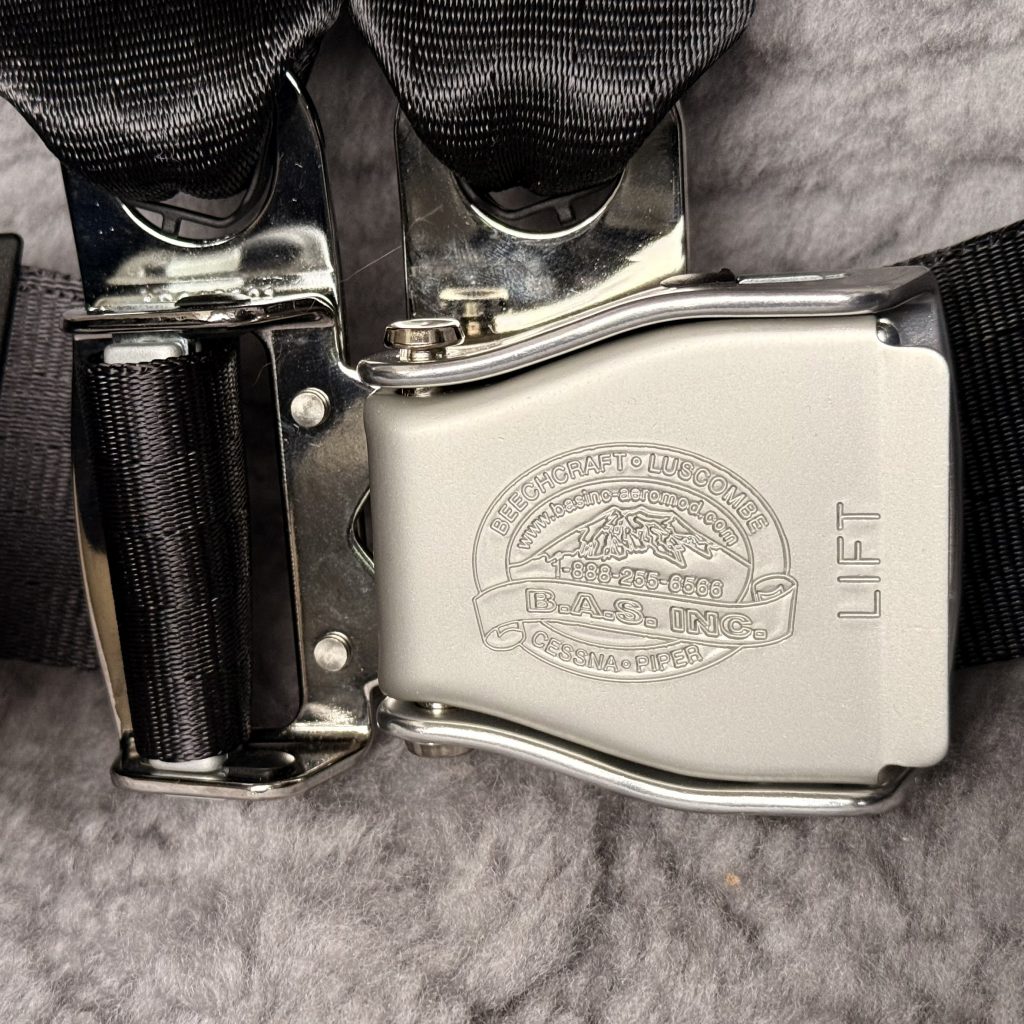A work item that had been at the top of our wish list but couldn’t be addressed for a long time due to availability of required LRUs and places that can perform the installation has finally been completed: the addition of WAAS improves overall GPS NAV precision, and enables several IFR approach types the plane could not provide before, such as close to five thousand (!) LPV and LP approaches requiring WAAS. As an example, the now enabled RNAV (GPS) Z RWY 16 LPV vertically guides you down more than 250′ lower than the Y LNAV for the same runway.
Additionally, LNAV/VNAV approaches are now enabled, and many LNAV approaches will now show as LNAV+V where the calculated vertical guidance lets you fly to the MDA without the “dive and drive” method.
You will see in the G1000 FMS under PROC exactly which approaches you can now fly.
Furthermore, the slightly newer version of the system software (370.23) now also enables geo-referenced IFR charts (you will see yourself as pink airplane on the approach charts) and FIS-B WX overlay – so you can choose anytime between XM WX and FIS-B WX data link in the Weather Map options if you wish (the FIS-B option was not available with the previous version of the system software, and XM WX was the only way to get NEXRAD on the MFD and the map inset on the PFD).
Happy Twin flying!


